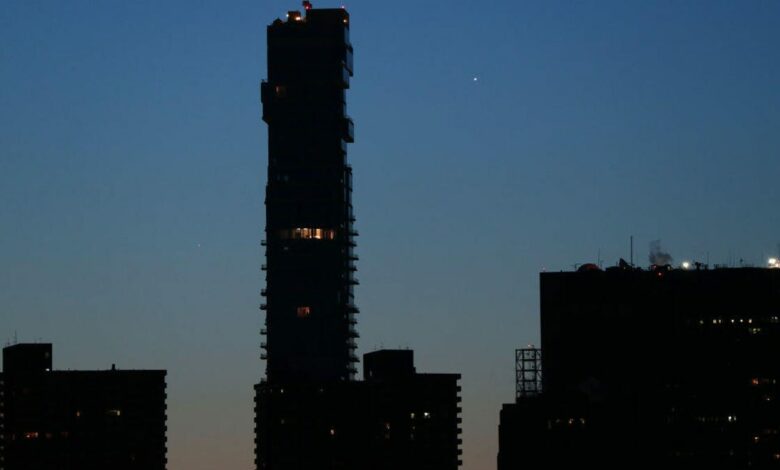Rare chance to see Mercury without a telescope

Mercury is notoriously difficult to see with the naked eye, thanks to its proximity to the sun. You usually only have a few minutes to see it before the sun rises above the horizon and obscures your view with daylight. But if you want the best view of the smallest planet in our solar system, the first two weeks of September are your chance.
Until September 14th, Mercury is far enough from the sun to be seen while it is still dark. Your best chance to see it is between now and September 10th.
What is the best time to see Mercury?
On September 5, Mercury rose above the horizon in the eastern sky at about 5:50 local time. By 6:00 it was clearly visible and remained that way for about 45 minutes. After that, sunrise obscured the view. Each day after September 5, Mercury rises a little later in the morning until it appears after dawn has begun.
On the morning of September 14th, Mercury will rise around 6:15 a.m. local time in most of the U.S. and will be just above the horizon before the sky starts to clear. So if you haven’t checked it out by then, you’ll have to wait until the next time Mercury gets this far from the sun. Luckily, you won’t have to wait long, as Mercury’s orbit is just 88 days.
Do I need a telescope or binoculars to see Mercury?
No, and that’s why this event is special. Mercury is normally so close to the sun that it’s hard to see in the bright sunlight. During this window, however, Mercury is far enough away that it’s visible in the night sky without the sun’s light blocking it.
But it is the smallest planet in our solar system, so binoculars wouldn’t hurt.
How do I find Mercury?
Mercury will be rising in the eastern sky no matter where you are in the continental US. Time and date as well as Stellarium have free night sky web tools that let you search for the planet to see where it is in the sky. For mobile help, Star Walk 2 at iOS And Android works great for finding different celestial bodies.
While you’re out looking for Mercury, be sure to keep an eye out for T Coronae Borealis. The white dwarf star is about to go nova at any moment, adding a new — albeit temporary — star to the sky.
The last days of August, the moon and Mercury were cozy together in the night sky. Mercury is also part of the ongoing planet parade, where you can see six planets in the night sky.




